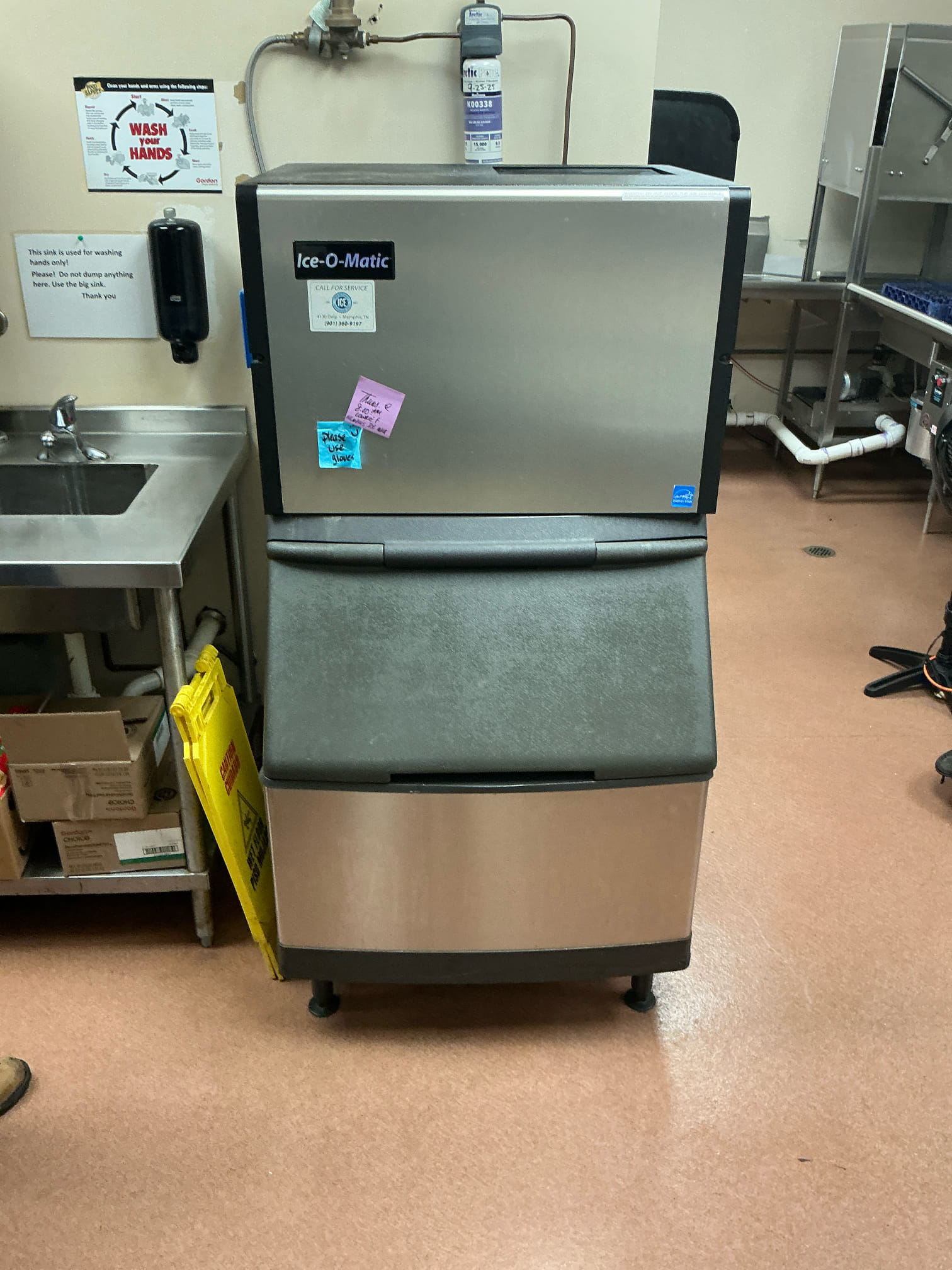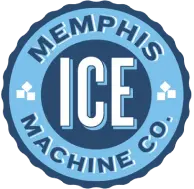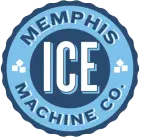proudly serving
the mid-south
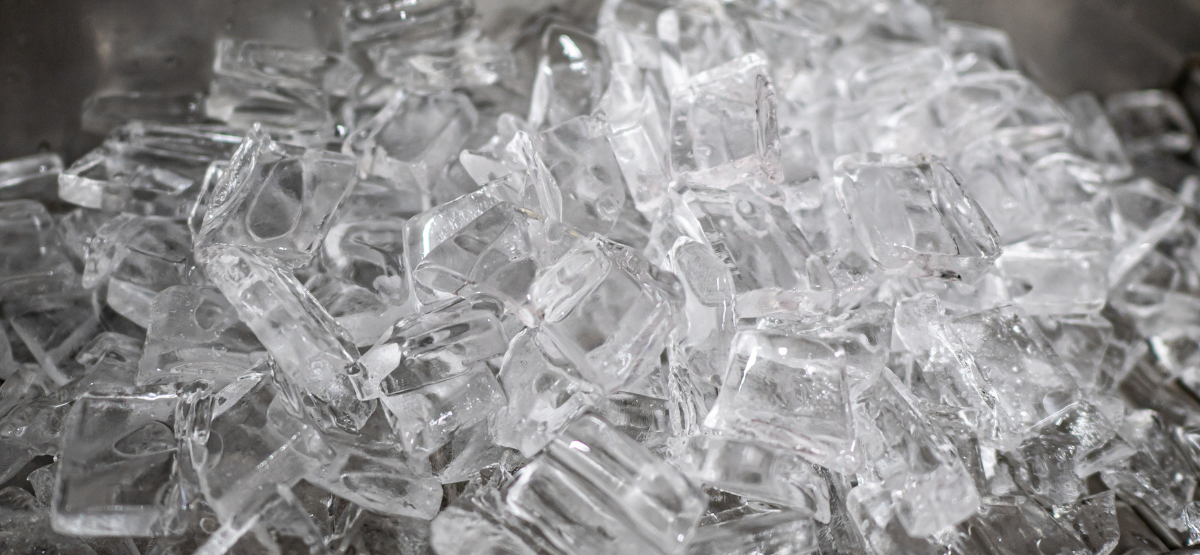
Why Chip Ice is the Cold Standard
It may not be the ice you add to your everyday drink, but chip ice is important to many industries. We explain the coolest ways chip ice is used.
Everything You Need To Know About Chip Ice
Who’s Using Chip Ice?
Chip ice may seem similar to crushed ice at first glance. Take a closer look and you’ll see that chip ice is flatter and has more surface area than crushed ice. Basically, it’s shaped like a small potato chip. Touch it and you’ll find that chip ice has a snow-like texture that allows you to mold and shape it as needed. This is ideal for food and drink displays, where molded beds of chip ice keep meat and produce fresh for long periods of time.
In addition to food displays, chip ice is frequently found in hospitals. That’s because wafer-thin ice pieces are ideal for hospitals’ unique needs, with the added benefit that most chip ice machines dispense without an ice scoop. Chip ice machines typically supply ice directly into a bucket or cup with the press of a button or toggle. That means the risk of contamination from handling the scoop is low and hospital staff can safely provide chip ice to patients at any time, which is a win-win if you ask us.
3 Uses for Chip Ice in Hospitals
1. Hydration
2. Reducing Swelling
3. Physical Therapy
All the Ice, All in One Place
Recent News

Tips for Preparing Cold Storage Before Major Events Friendly Guide to Staying Organized and Efficient
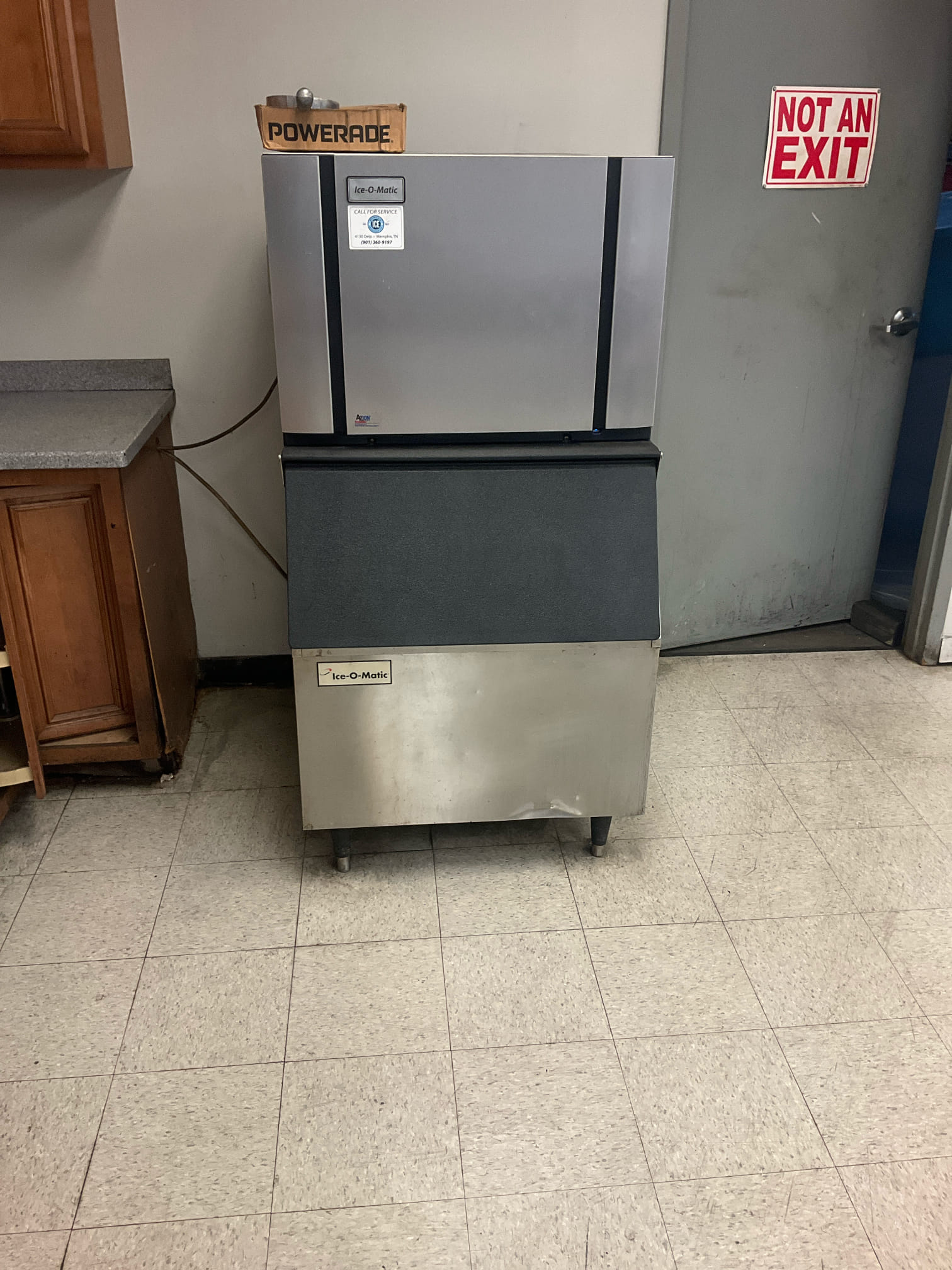
Tips for Reducing Odor Inside Ice Machines Easily and Effectively
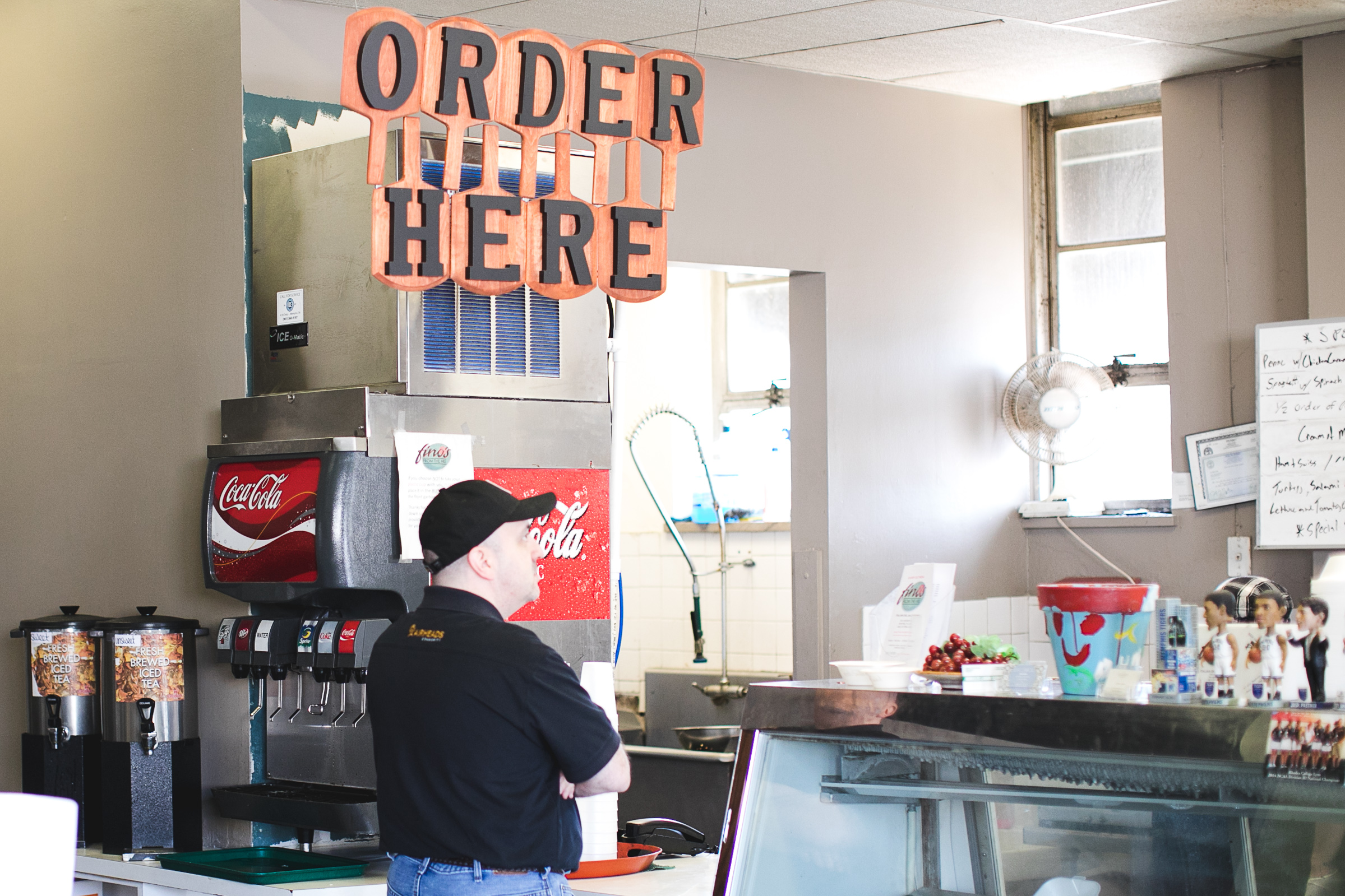
Renting vs. Buying an Ice Machine in 2026: What’s Right for You?
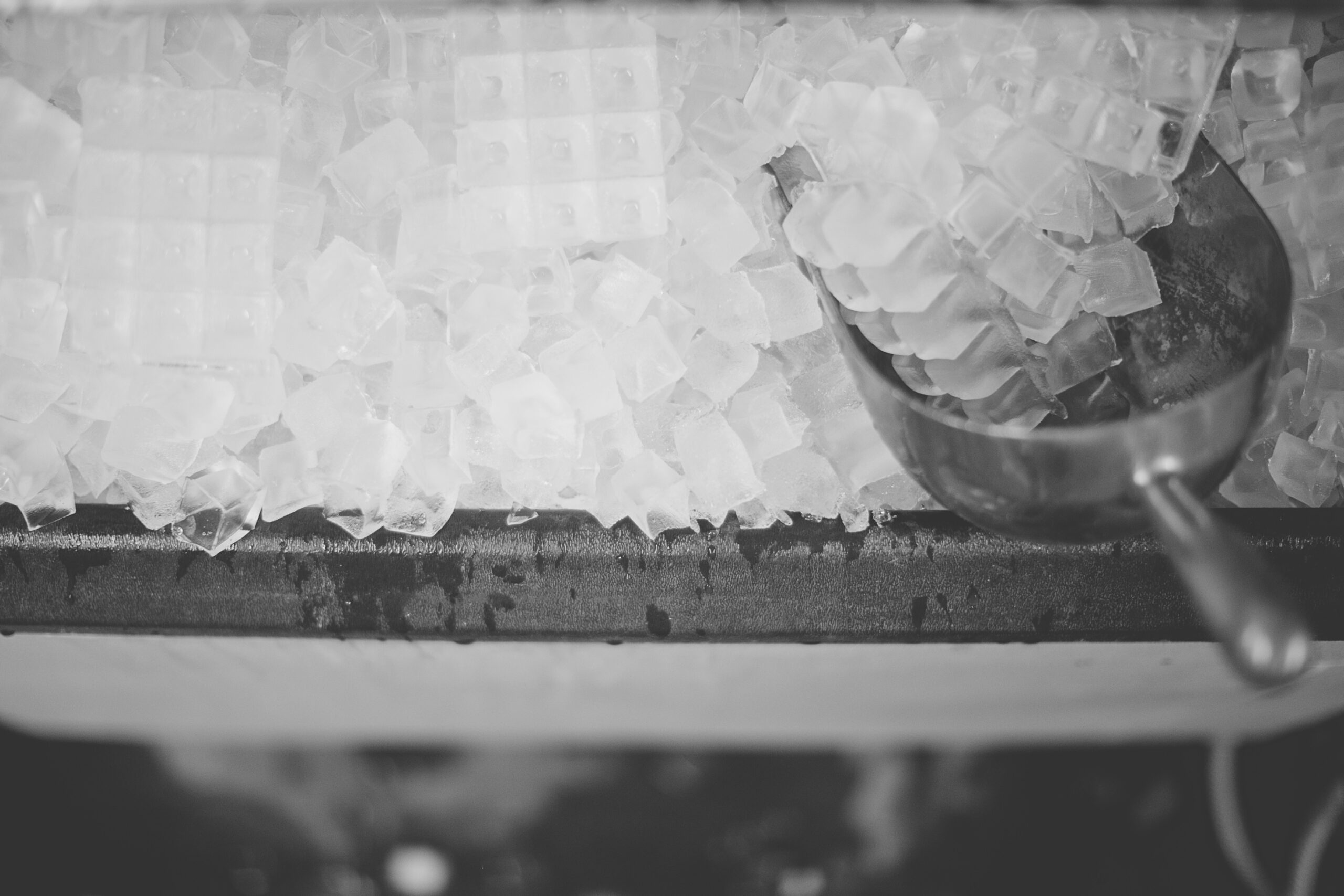
How Clean Is Your Ice? The Case for a January Deep Clean

Cold Weather & Ice Machines: What Business Owners Need to Know

Start the Year Strong: Create Your Ice Machine Maintenance Schedule Now
